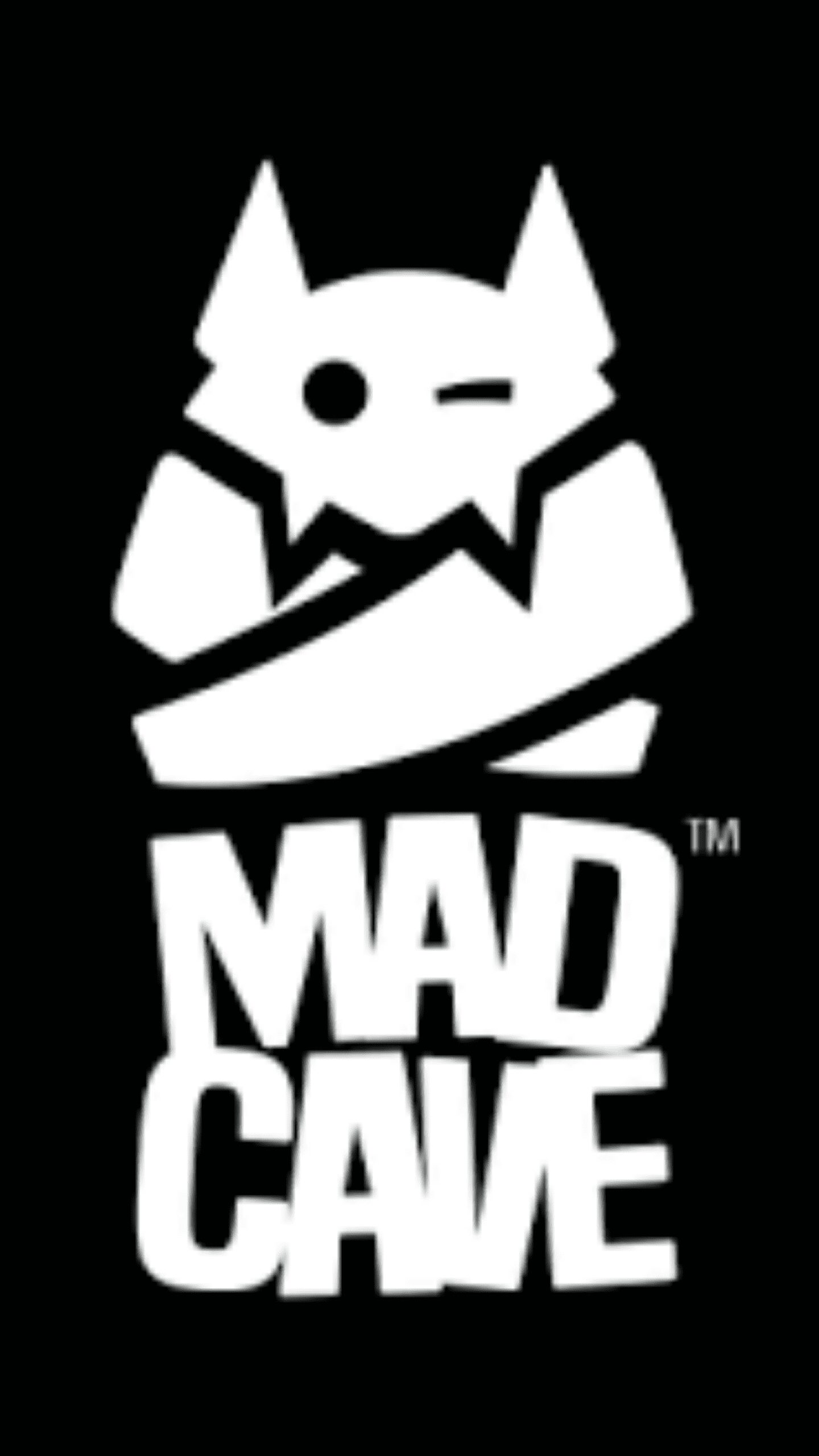 Strange Fruit #1
Strange Fruit #1
Boom! Entertainment
Writer: JG Jones & Mark Waid
Art: JG Jones
Strange Fruit is an interesting release in the current times. In a time when the nation is racially charged over allegations of police brutality and misapplication of deadly force against African Americans, the brutal slayings in the Charleston, SC church, and rage on all sides over the South Carolina State Flag and the Confederate Flag in general, Boom! Entertainment has elected to fire Strange Fruit right into the barrel with the other controversial fish. Of course, comic releases are planned months if not years in advance, so the timing could not have planned. Still, it is a good book being released at a good time. There is often a desire by some comic book fans to remain shielded from social issues when immersed in their hobby. We have to deal with real stuff in the real world for 12 hours a day in many cases. A lot of fans do not want that content injected into what, for some, is a means of escape. I’m not one of those types of comic book fans, and I applaud the work by JG Jones and Mark Waid to put a historic review of racial tensions in the south squarely in our face.
Strange Fruit is the story of fictional events set during the Great Mississippi Flood of 1927. The tale unfolds in Chaterlee, MS, and opens with the conscription of African American labor workers to “overtime” duty in efforts to reinforce the levees. Fearful that the river will rise and destroy farm crops and other businesses in the town, townsfolk enter a segregated café and order the workers back to duty after having already completed a full days work. One of the carousers in the café is accused of theft and flees the bar. While on the lam, he runs into a mysterious alien (I guess) who has crash landed on earth.
Chaterlee, MS, and opens with the conscription of African American labor workers to “overtime” duty in efforts to reinforce the levees. Fearful that the river will rise and destroy farm crops and other businesses in the town, townsfolk enter a segregated café and order the workers back to duty after having already completed a full days work. One of the carousers in the café is accused of theft and flees the bar. While on the lam, he runs into a mysterious alien (I guess) who has crash landed on earth.
I cannot say enough how beautiful the artwork in this comic is. A wonderful menagerie of rubbed colors elicits the feeling of the era and communicates the period piece film aspect of this tale. It is as gorgeous as any artist renders that I have seen for film and then some. Easily on par with an Alex Ross work, JG Jones is at the height of his craft in Strange Fruit. Silent panels where appropriate, and raw power transmitted in the muscles and movement of the main protagonist (who I call John Henry in my head) are key elements that make the description of this work as nothing less than beautiful perfectly appropriate.
Rendering southern dialect in a script is often burdensome and can feel clunky, especially for a reader who is not from the south. But Jones and Waid pull this off masterfully. The lines and character actions capture the sense of racial tension and frustration that catapulted the country into the violence and war of words and segregation reformation and repeals that characterized racial tensions in the deep south in the early third if the 20th century and beyond. More masterfully done, however, is the injection into the story of Caucasian Americans who were equally against the sub-human treatment of African Americans during the time. And the heroic actions of “John Henry” delivering the come uppance to members of the Klan in the book’s climax is superbly scripted and rendered. Capping the book off with the hero wrapped in a flag about his waist is comedically poignant and ironically pointed in its satire.
from the south. But Jones and Waid pull this off masterfully. The lines and character actions capture the sense of racial tension and frustration that catapulted the country into the violence and war of words and segregation reformation and repeals that characterized racial tensions in the deep south in the early third if the 20th century and beyond. More masterfully done, however, is the injection into the story of Caucasian Americans who were equally against the sub-human treatment of African Americans during the time. And the heroic actions of “John Henry” delivering the come uppance to members of the Klan in the book’s climax is superbly scripted and rendered. Capping the book off with the hero wrapped in a flag about his waist is comedically poignant and ironically pointed in its satire.
Issue #1 of Strange Fruit ranks up there with other great first issues such as Kingdom Come. I cannot wait to see what JG Jones and Mark Waid have in store for us in the next installment of this series.

